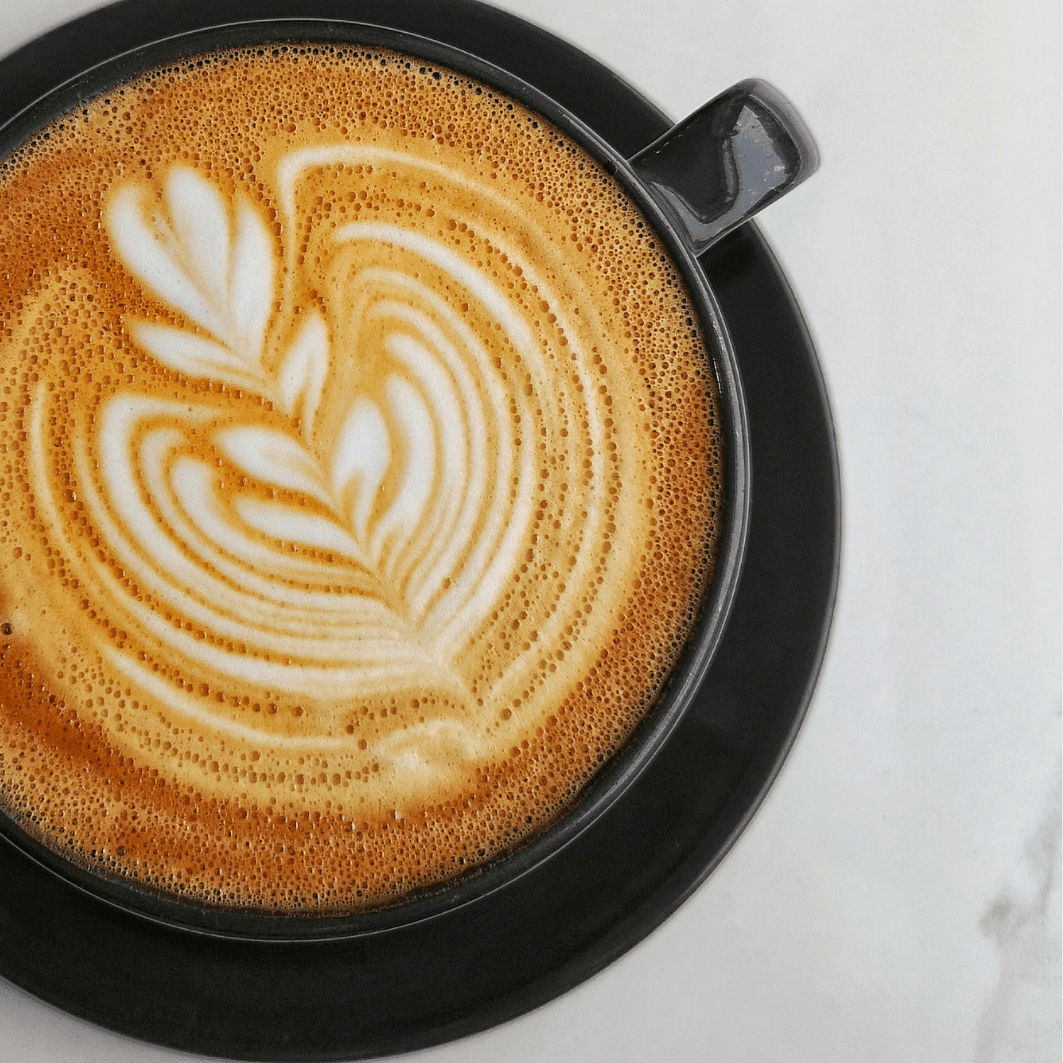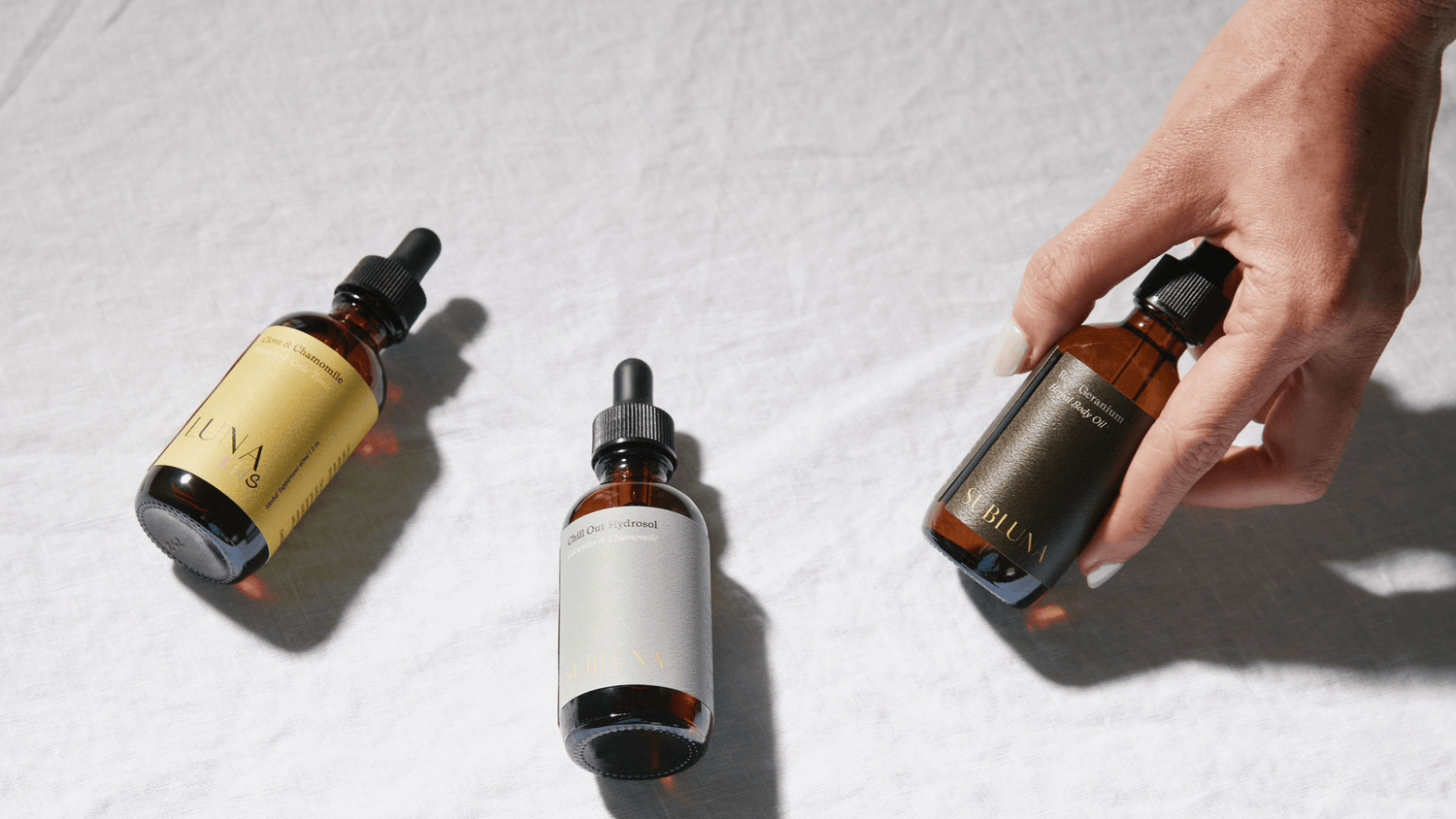Estrogen Dominance Starts in the Liver
Estrogen dominance is a physiological state where estrogen builds up in the body without proper balance from other hormones, usually progesterone or testosterone. This state isn’t limited to women in their reproductive years. It’s showing up across the board: in children, teens, adult men, and menopausal women.
What ties all of these patterns together is one central organ: the liver. This is the body’s primary site of hormone metabolism, and when it slows down, estrogen lingers.
Estrogen Dominance: A Systemic Issue
While estrogen is an essential hormone for development, reproduction, and repair, it can become problematic when it is:
-
Produced in excess
-
Reabsorbed from the gut instead of excreted
-
Recirculated in a more inflammatory form
-
Mimicked by synthetic estrogens (xenoestrogens) from the environment
This “stacking effect” creates a hormone terrain where estrogen leads the conversation, even when total levels may look normal on lab work. The result is a wide range of symptoms that can vary by age and sex.
In children, this may look like early puberty, breast development, or behavioral volatility.
In teens, painful cycles, mood swings, acne, or heavy bleeding.
In men, fatigue, low libido, stubborn fat gain, or breast tissue.
In women, PMS, endometriosis, fibroids, or estrogen-sensitive migraines.
In menopause, even with overall lower hormone levels, poor clearance of estrogen can lead to bloating, weight gain, hot flashes, and continued tissue proliferation.
How the Liver Eliminates Estrogen
The liver metabolizes estrogen through a three-phase detoxification process. Each phase plays a crucial role in turning estrogen from an active hormone into an excretable waste product.
Phase 1 – Modification
In this phase, the liver uses enzymes (mainly from the cytochrome P450 family) to transform estrogen into intermediate forms. Some of these forms can be more inflammatory than the original hormone, so moving quickly into phase 2 is critical. This phase is nutrient-dependent and can be impaired by stress, poor diet, or exposure to alcohol, medications, and toxins.
Phase 2 – Conjugation
Here, estrogen metabolites are joined (“conjugated”) with other compounds (like methyl, sulfate, or glucuronide groups) that make them water-soluble. This is how the liver prepares estrogen for safe removal through urine or bile. Conjugation pathways require specific nutrients, including B vitamins, sulfur-containing foods, and flavonoids.
Phase 3 – Elimination
Once the liver has packaged estrogen for removal, it sends it into the bile to move through the intestines or into the bloodstream for filtration through the kidneys. If the gut is sluggish or the microbiome is imbalanced, certain bacteria can deconjugate estrogen—removing the “exit label” and allowing it to be reabsorbed back into circulation. This is one of the key reasons that estrogen dominance persists, even when hormone production is stable.
Why Liver Support Is Foundational for Hormone Balance
Supporting all three phases of estrogen detoxification helps the body process and excrete estrogen safely and efficiently. This is essential whether your body is:
-
Producing too much estrogen
-
Recirculating estrogens through a sluggish gut
-
Dealing with environmental exposures
-
Coming off of hormonal birth control
-
Moving through perimenopause or andropause
Liver support doesn’t mean aggressive cleansing or fasting. It means daily nourishment, increased bile flow, fiber to support elimination, and herbs that open the body’s natural detoxification channels without draining it.
Herbal Allies for Estrogen Detoxification
We use a blend of herbs in our Glow Getter Tincture because they work synergistically to support every phase of detoxification:
Dandelion Root – Encourages bile production, supports phase 1 and 2 liver pathways, and improves regularity.
Burdock Root – Helps filter the blood, supports phase 2 detox, and clears lymphatic stagnation that often accompanies hormone buildup.
Calendula – Moves lymph and soothes the gut, supporting phase 3 by preventing estrogen reabsorption.
Nettle Leaf – Rich in minerals, supports enzyme activity and adrenal resilience during hormonal transitions.
Elderflower – Cools tissue-level inflammation and supports elimination through the skin and kidneys.
When taken consistently, this combination helps the liver keep up with hormonal demands whether from internal production or external exposure.
Liver support is an essential part of maintaining hormone rhythm and preventing accumulation over time.
If you’re seeing patterns of estrogen buildup, focus on the liver. It’s often where the backlog begins.
Xo,
Arielle
PS
If you’re new to introducing liver support, there may be a temporary adjustment period. As the liver begins to mobilize stored estrogen and toxins, it’s possible to notice a short-term increase in symptoms of estrogen dominance. This may include heavier or earlier periods, breast tenderness, acne, irritability, or fatigue.
This is not a sign that the herbs aren’t working—it’s actually the opposite. It’s a sign that the body is beginning to process and eliminate what it’s been holding onto. Staying consistent with support, increasing hydration, and ensuring regular bowel movements can help the body move through this phase more smoothly.



